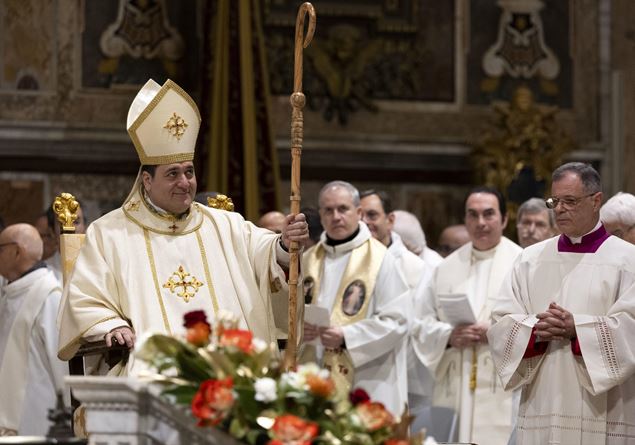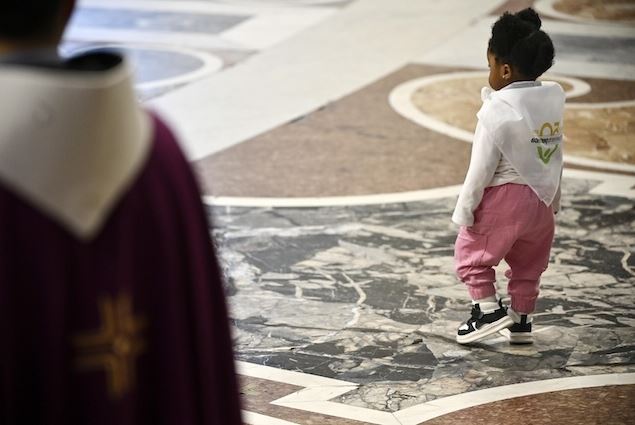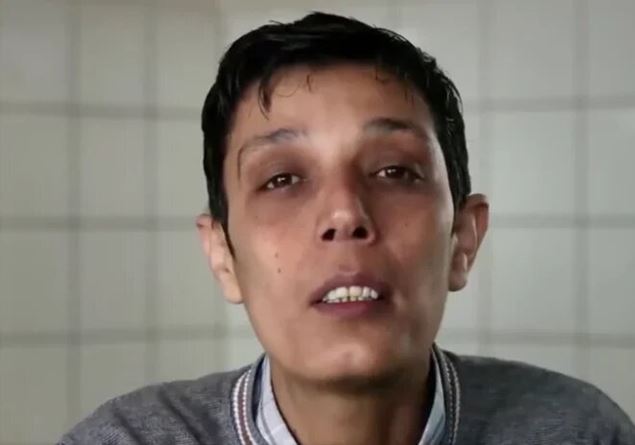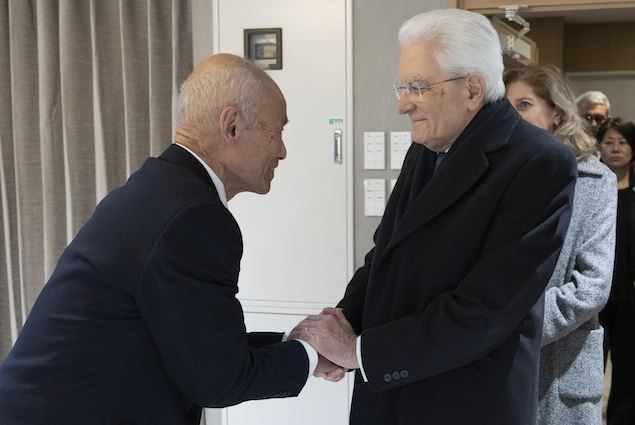“On Monday 9 December 2024, a corpse appeared that clearly resembles the face of Mazen al-Hamada.” Thus the Syrian Revolution Archive Instagram profile announced to the world the death of the most famous Syrian activist committed to fighting the bloody regime of Bashir al-Assad. His body was found in the “human slaughterhouse” of Sednaya, the infamous prison where opponents of the regime were locked up. On Mazen’s body there were evident signs of the torture from which he had managed to escape to tell the whole world the darkest side of the Syrian rais’ ‘system’.
Born in Deir Ezzor, northeast Syria, in 1978, Al-Hamada was 33 when the uprising against Assad began in 2011. “In Syria I was one of the founders of the protest movement,” he said in an interview. The youngest son of a large family, he worked as a technician for the multinational oil and gas company Schlumberger. Hamada captured some of the first demonstrations against Assad with his camera, sharing the images on social media.
The Assad regime’s response was not long in coming. THEOn March 24, 2011, Hamada was arrested by the security services and imprisoned for two weeks. Once freed, he was never lost sight of by the infamous mukhabarat, the government control and repression services. In March 2012, security officers picked him up from a bar in Damascus and took him to the air force intelligence section of al-Mezzeh military airport. Transferred to the nearby 601 military hospital, Hamada said he saw bodies piled up in the bathrooms. Other inmates were killed in front of him, seemingly at random.
After witnessing this horror, Hamada was freed by a judge in September 2013 and left the country together with millions of Syrians who left for Turkey, Lebanon or Europe. In 2014 he crossed the Mediterranean to Turkey, eventually reaching the Netherlands, where he applied for asylum. In Europe he began his campaign to draw attention to the crimes of the Assad regime. For years he traveled reporting the horrors he witnessed and endured: sexual abuse, electric shocks, and how he was hung from the ceiling with chains that left gouges in his wrists. He was beaten, tortured by guards who broke his ribs by jumping on him, and burned with cigarette butts.
Hamada also had a central role in the documentary maker’s film Sara Afshar of 2017 (The missing in Syria: The case against Assad) who documented the tens of thousands of Syrians detained, tortured and often killed in government prisons.
Hamada, increasingly uncomfortable in Europe, controversial towards the Dutch authorities, with worrying signs of mental instability, he chose to return to Syria in February 2020, convinced that he would be more useful at home than in exile. He said he had received assurances that he was not on the government’s wanted list. He disappeared as soon as his plane landed in Damascus. Nothing more was heard of him until his body was found.









